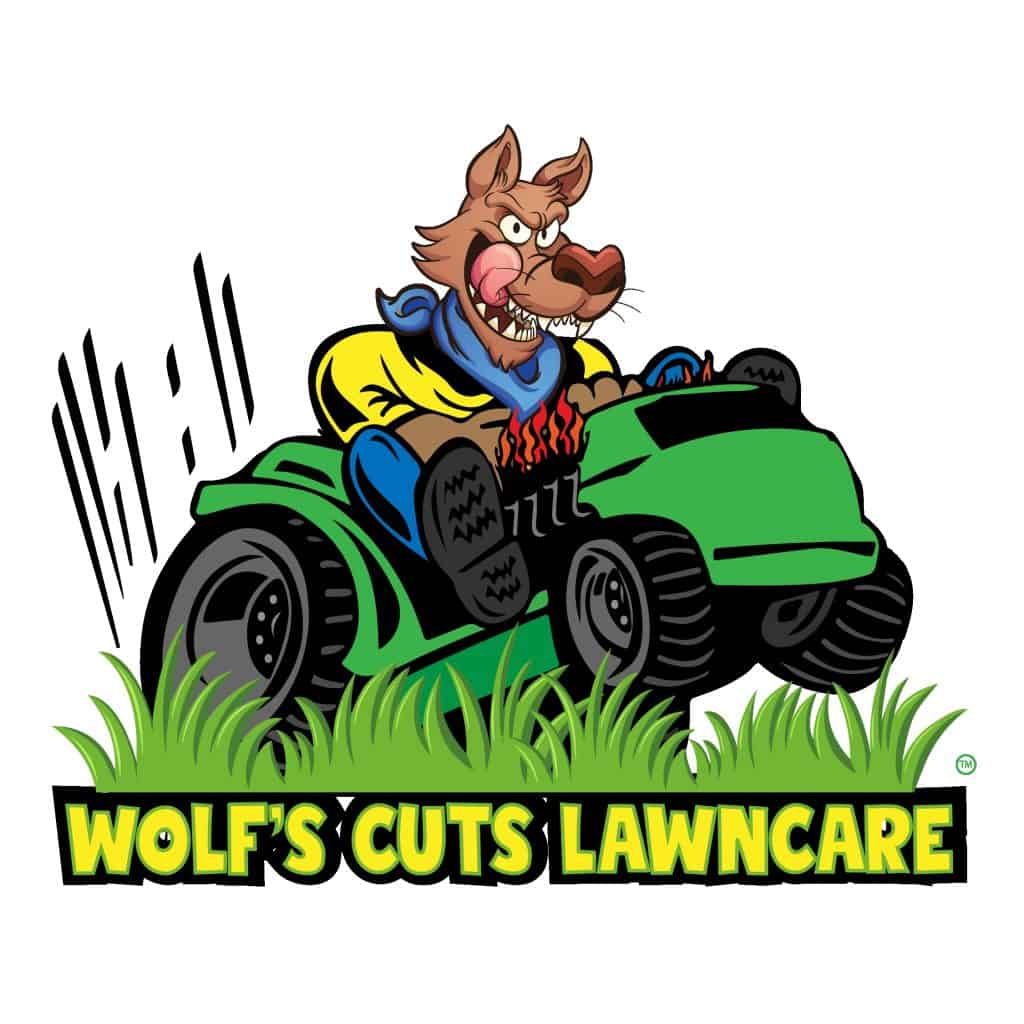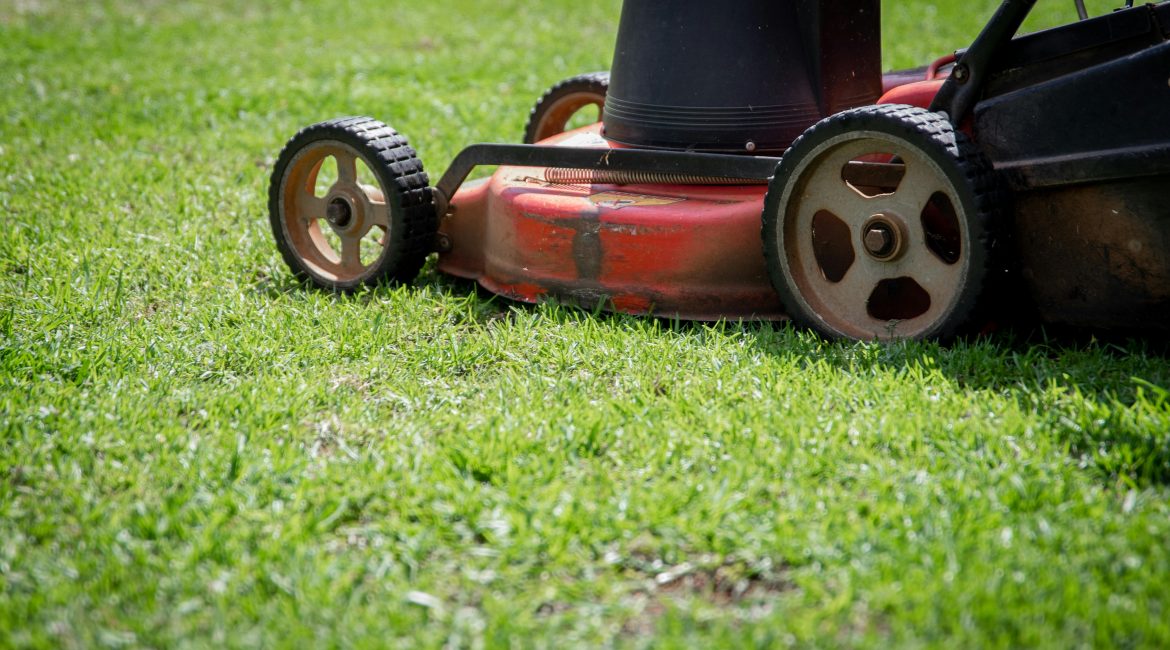Most homeowners see their lawns as an aesthetic project: something to mow, water, and admire. But beneath that green carpet lies a huge opportunity: your lawn can be more than a chore. It can be a low-effort, high-impact ecosystem helper. Sustainability doesn’t mean ripping up your grass. It starts with shifting small habits, like how you handle the clippings, when you water, or what blade height you use. These tweaks reduce waste, support soil health, and keep your lawn thriving through every season. And it all begins with what most people bag up and toss.
Feed the Soil by Letting Clippings Fall
Every time you mow, you’re shaving off tiny nutrient packets that are rich in nitrogen, potassium, and phosphorus. Leaving them in place does more than save time. The natural nitrogen return from clippings acts like a free fertilizer, breaking down quickly and reintegrating into the root system. This helps reduce your dependency on chemical lawn food. Plus, when you mulch your clippings instead of removing them, you retain more moisture in the soil. It’s a closed loop, and one your lawn will thank you for by staying greener longer.
Cut the Landfill Out of Your Routine
Bagging grass clippings isn’t a waste of time; it’s an environmental misstep. Millions of bags of yard waste are shipped to landfills every year. Instead, grasscycling reduces landfill trips, saves on collection fees, and lightens the load on municipal waste systems. Mulched clippings return nutrients to your lawn, and the process requires less fuel, plastic, and human effort. If you’re already mowing weekly, skipping the bag attachment is the easiest sustainability upgrade you can make. The less you haul to the curb, the better for everyone.
Raise That Mower and Back Away Slowly
Cutting your lawn too short might feel efficient, but it harms the grass in ways you can’t see. Short blades stress out turf, expose soil to sun, and invite weeds to take hold. In contrast, proper mowing height builds resilience into your lawn by encouraging deeper roots. Taller grass also shades the ground, helping moisture stick around longer, which is especially important in summer. Stick to the one-third rule: never cut more than a third of the grass blade at a time. This habit alone reduces the need for extra watering or fertilization.
Water Like a Strategist, Not a Sprinkler
Constant watering may seem helpful, but it often weakens root development and spikes your bill. The smarter path? Water deeply but less often so roots grow down, not sideways. Two to three times a week, in longer sessions, usually does the trick, especially in early morning hours when less moisture is lost to evaporation. Overwatering not only wastes resources but can also encourage fungal growth or runoff that washes nutrients away. A little discipline here goes a long way in shaping a self-sufficient lawn.
Beat the Heat with Timing and Tactics
Summer is when lawns get scorched and homeowners start to panic. But the key isn’t just watering more; it’s watering smarter. The worst mistake you can make is avoid watering midday evaporation by running sprinklers in the afternoon heat. Midday sun evaporates most of your effort before it reaches the soil. Aim for early morning or late evening when the ground can absorb the moisture fully. You’ll use less water, and your lawn will hold onto it longer. Timing is everything, and it costs nothing.
Cut Your Admin Work with Smarter Planning
Trying to remember fertilizer schedules, seeding windows, and sprinkler rotations gets messy fast. Digitizing your plan helps. Use a tool that converts PDF to Excel to shift your seasonal maintenance info into an editable table you can access and update as you go. Converting that file into a spreadsheet helps track product types, dates, and even rain logs if you’re ambitious. Whether you plan alone or with family, a centralized document eliminates mental clutter. A tidy plan leads to a tidy lawn.
Test Your Soil Before You Guess
Before you reach for another bag of fertilizer, it pays to understand what your lawn actually needs. A SoilKit test takes the guesswork out of lawn care by providing a comprehensive lab analysis with clear recommendations based on University of Florida Turfgrass Science. Instead of over- or under-treating your yard, you’ll know exactly which nutrients to add and in what amounts. This precision saves money, reduces chemical runoff, and sets the stage for a healthier, more resilient lawn.
Small Habits, Big Impact
Sustainable lawn care doesn’t demand a complete overhaul, just better attention to what’s already in motion. Leaving the clippings, raising the mower, watering with thought…these are shifts you make once and benefit from all seasons. It’s about efficiency, not effort. The tools are simple, and the payoff is massive: better soil, lower bills, and fewer weekend chores. The best lawn isn’t always the greenest, but rather it’s the one that thrives with the least interference. And yours can get there, one change at a time.
Transform your yard into a masterpiece with Wolf’s Cuts Lawncare LLC, Spring Hill’s #1 lawn care service—call today for a free estimate and support local business!
Article write by Maggie Berry of Eco Worries

